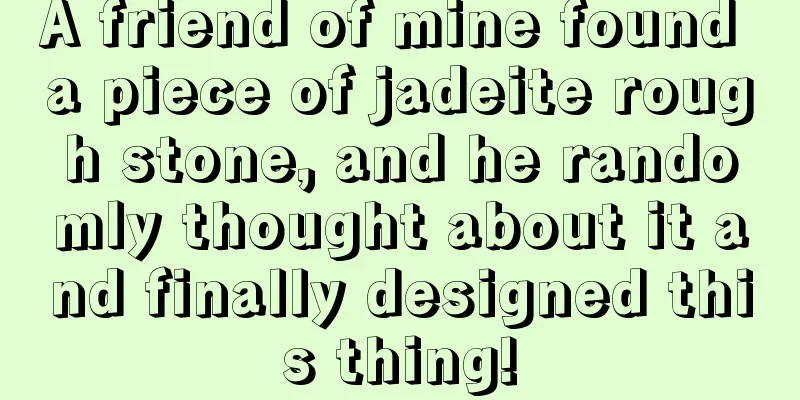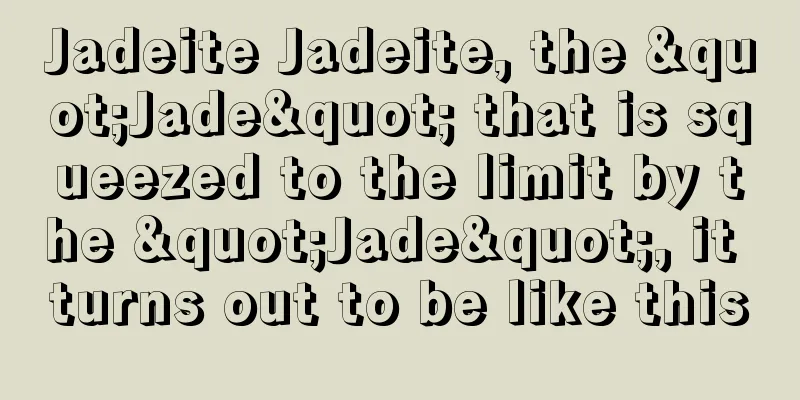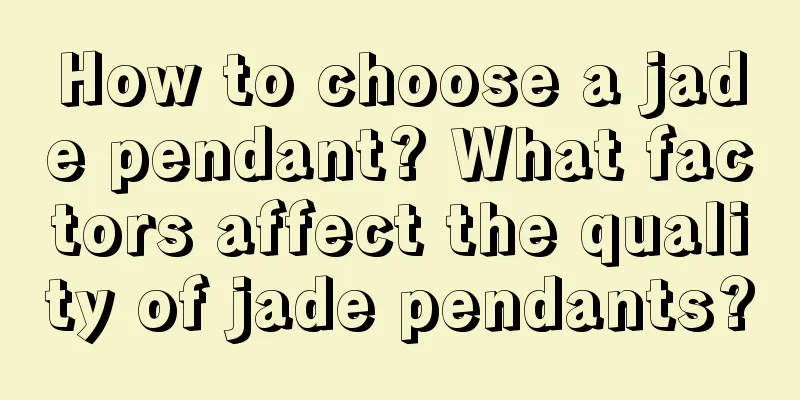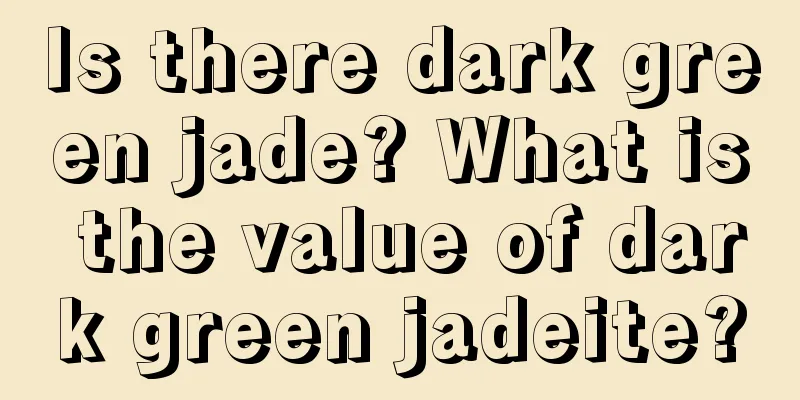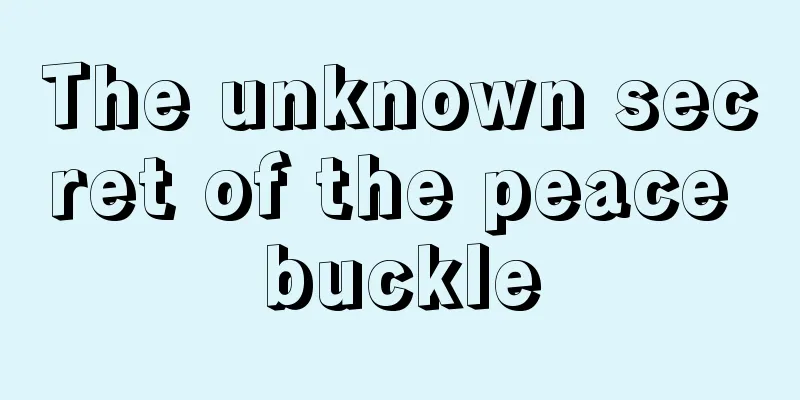Simple and practical methods for daily identification of jadeite authenticity
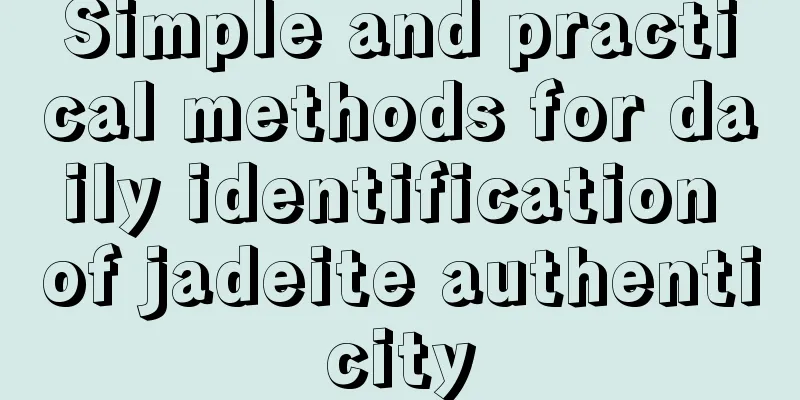
|
1. Knock on the jade and listen to the sound. Tap gently with a hard metal object or chopsticks. The sound you make needs to feel crisp to be real. If the sound is dull, it's probably fake. 2. Weigh and compare. Jade has a relatively high density. When you hold it in your hand, compare it to something that has already been confirmed as jade. It feels very light and most of it is fake. 3. Use a high-power microscope to observe the texture. Use a high-power microscope to look at the incision. If there are obvious irregular fold lines on the cut surface and the internal structure is delicate, then it is real jade. 4. Initial judgment of color. Generally speaking, experienced experts can preliminarily judge whether a piece of jade is real or fake by observing the same color of jade. The color of real jade is evenly distributed, natural in color, clean in appearance, and even has naturally distributed black spots of impurities. Moreover, the colored parts of real jade will be more transparent. Fake jade is dyed with glue, so it looks like the green color of the jade is very deliberate and the color is darker. If soaked in acid, fake jade will look whiter and more fake, just like the color of clothes after bleaching. 5. Appearance inspection. The fake jade looks a bit hazy overall, like solid glue, and is not transparent enough. Moreover, if you look closely at the edge of the fake jade, you can see the gummy feeling, but you cannot see the texture of real jade. Real jade looks bright on the outside, and the internal texture of the jade can be seen under the light. Stone flowers are more natural, not as deliberate as fake jade. Moreover, real jade has been polished and feels cool, delicate and smooth. 6. Certificate of Identification (Proof of Identity). Authoritative jade identification certificate. This is the most direct and reliable method. When purchasing jadeite, be sure to ask the merchant to bring the relevant jadeite identification certificate with you. The certificate for authentic jadeite reads: Jadeite (Goods A), and the certificate for processed B+C jadeite reads: Jadeite (Processed). Some experts sometimes make mistakes when choosing jadeite, so it is very necessary for merchants to issue an appraisal certificate. If you doubt the authenticity of the certificate, you can take the jade to an appraisal agency for identification, which costs a few dozen dollars, or you can check the certificate number online. fcgc66 fcpf18 |
>>: Teach you how to identify jadeite at home in the simplest way
Recommend
The beauty of jade: elegance, charm, smartness, dexterity and beauty
Jadeite, as an extension of Chinese jade culture,...
7 super fairy jade bracelets, colorless tones are really super comfortable
The first one is a round beauty bracelet, icy typ...
As long as you meet the right jade carver, jade bricks can also be carved into a unique charm
In our impression, the best jade works are made o...
Is there any magic in these words: spread jade culture? Why are many people using
The market is always unpredictable. It changes wi...
Why can’t I just get the jade? Three reasons you must know, a must-read for jadeite novices!
As we all know, different industries have differe...
What is the meaning of Jade Guanyin? What should you pay attention to when choosing a jade Guanyin?
In our country, jade is not just an ornament, it ...
Basic knowledge for jade players: how to distinguish the authenticity of jade and how to maintain it?
It is said that jadeite has the highest hardness ...
Jade Half Face Makeup: One side is an angel, the other side is a devil
The story of half-face makeup comes from the Sout...
It is said that: "Jade is 30% material and 70% workmanship." How do you look at the workmanship of jade?
It is said that jade is 30% material and 70% work...
Tips on choosing jadeite raw materials that you won’t sell even if you are offered a million
If we have worked in several different fields, we...
A piece of ice jade carving, the green is so fresh and refined, only this one...
This is a piece of ice-type colored jadeite. The ...
When will jadeite increase in price? I hope the ups and downs are as you wish.
In a word: if the price of jadeite rises, it is a...
A very rational jade market analysis article
1. Jade from the perspective of value There is a ...
Have you learned the meaning and cultural connotation of jade?
Jade culture is one of China's traditional cu...
What kind of jade is good?
The first-class quality jadeite has a uniform, ev...
